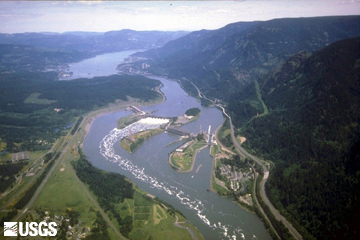- Home
- About S&T
- Taxa/Organisms
- Ecosystems
- Issues
- Methods & Tools
- Reports & Publications
- Location
- Search
Publisher: USGS | Science Center: Alaska Science Center (ASC, Anchorage) | Format: URL
alaska.usgs.gov — This web resource provides information concerning the on-going Research at the USGS Alaska Science Center on birds and avian influenza (bird flu). The site links to quick facts, on-going research, workshop results, monitoring and surveillance, guidelines on how to safeguard against avian influenza, publications and reports, migratory bird More...
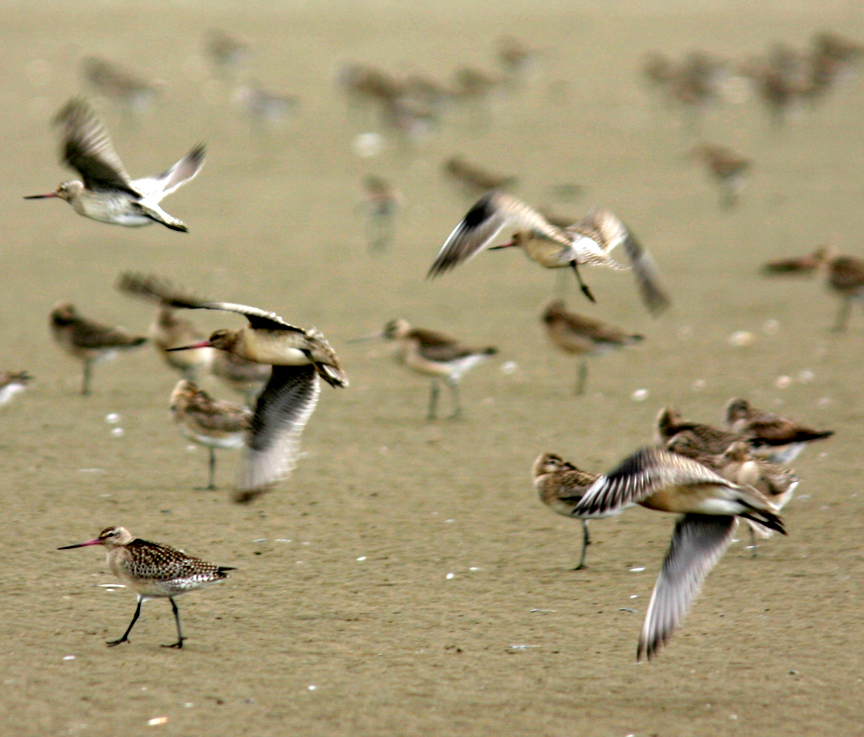
Publisher: USGS | Science Center: Upper Midwest Environmental Sciences Center (UMESC, LaCrosse) | Format: URL
www.umesc.usgs.gov — In the Upper Mississippi River, more than 80 species of fish use vegetated habitats during some portion of their life cycle. Fish depend on aquatic vegetation for abundant, high-quality food resources (plant-associated invertebrates) and refuge from predators. Vegetation abundance in the Upper Mississippi River substantially declined in the late More...
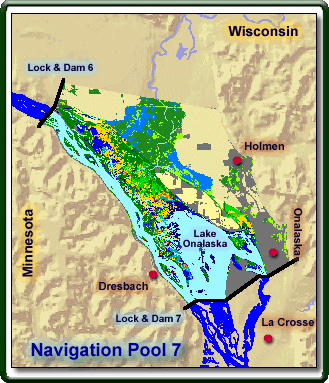
Publisher: USGS | Science Center: Western Fisheries Research Center (WFRC, Seattle) | Format: URL
wfrc.usgs.gov — Threatened and endangered salmonids in the Pacific Northwest often use backwaters and wetlands as they migrate toward the ocean, however our understanding of the role of wetlands to juvenile salmonids is limited. The major Objective of this study was to determine whether juvenile steelhead were being tapped on the wetland during spring, and More...

Publisher: USGS | Science Center: Western Fisheries Research Center (WFRC, Seattle) | Format: URL
wfrc.usgs.gov — The goal of this work is to provide information to aid state, federal, and tribal managers in efforts to protect and restore the white sturgeon (Acipenser transmontanus) in the Columbia River Basin Construction and operation of dams on the Columbia and Snake rivers for hydroelectricity, navigation, and irrigation have adversely affected white More...
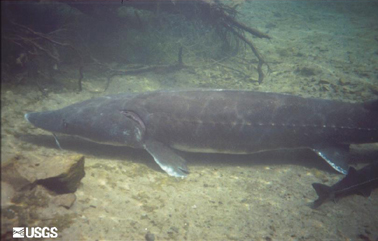
Publisher: USGS | Science Center: Western Fisheries Research Center (WFRC, Seattle) | Format: URL
wfrc.usgs.gov — Pacific lamprey (Lampetra tridentata) populations are in decline or have been extirpated from much of their historical range in the Columbia River Basin. Evidence collected for sea lampreys suggests they may not home to natal streams, but instead may use their olfactory ability to detect the presence of larval and adult lampreys as discrete More...

Publisher: USGS | Science Center: Western Fisheries Research Center (WFRC, Seattle) | Format: URL
wfrc.usgs.gov — Since 1994, scientists from the Anadromous Fish Ecology Team have been assisting the U.S. Army Corps of Engineers (USACE) in evaluating the migration behavior and passage of juvenile salmon and steelhead through Lower Granite Reservoir and Dam on the Snake River, WA. The goal of this study is to identify the behavior of individual juvenile salmon More...

Publisher: USGS | Science Center: Western Fisheries Research Center (WFRC, Seattle) | Format: URL
wfrc.usgs.gov — The Arctic charr (Salvelinus alpinus) in the northern most latitudes migrate to the ocean in the spring to feed and grow. This results in accumulation of polychlorinated biphenyls (PCB) in their visceral fat. During the winter, the charr reside in freshwater lakes and do not feed. They do mobilize lipids from adipose tissue for energy, which More...
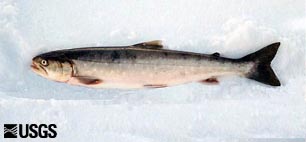
Publisher: USGS | Science Center: Western Fisheries Research Center (WFRC, Seattle) | Format: URL
wfrc.usgs.gov — Mercury contamination from historic gold mining operations is widespread in many rivers, lakes, and reservoirs on the western slopes of the Sierra Nevada. A multidisciplinary investigation by USGS is attempting to better understand mercury dynamics and to identify hot spots within Camp Far West Reservoir in order to determine if remediation More...

Publisher: Other (ScienceDirect (Elsevier)) | Format: URL
tinyurl.com — Organochlorine pesticide and total polychlorinated biphenyl (PCB) concentrations were measured in largemouth bass from the Tombigbee River near a former DDT manufacturing facility at McIntosh, Alabama. Concentrations of DDT isomers in McIntosh bass remained unchanged from 1974 to 2004 and were four times greater than contemporary concentrations More...

Publisher: USGS | Science Center: Upper Midwest Environmental Sciences Center (UMESC, LaCrosse) | Format: URL
www.umesc.usgs.gov — Eurasian Ruffe pose a threat to native fish because they(1) mature quickly, (2) have a high reproductive capacity, and (3) easily adapt to new environments. Ruffe were first detected in western Lake Superior in 1986. UMESC scientists are conducting research on various types of piscicides (chemicals that kill fish). They are attempting to develop More...
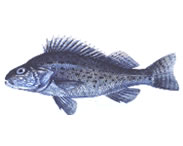
Publisher: USGS | Science Center: Western Fisheries Research Center (WFRC, Seattle) | Format: URL
wfrc.usgs.gov — An entrainment study at Grand Coulee Dam indicated that 200,000 - 600,000 kokanee were entrained, primarily at the 3rd powerhouse, during a 40-month time period. Following the recommendations of the Independent Scientific Review Panel, research was initiated to investigate a strategy to reduce entrainment by using strobe lights to repel salmonids More...

Publisher: USGS | Science Center: Western Fisheries Research Center (WFRC, Seattle) | Format: URL
wfrc.usgs.gov — This research summary reports on the decline of Pacific lampreys (Lampetra tridentata) in the Columbia River Basin. Their numbers have declined to only a remnant of their pre-1940's populations. One factor that could be detrimental to lamprey production is the amount of energy they expend negotiating upstream fish passage facilities at dams. An More...
